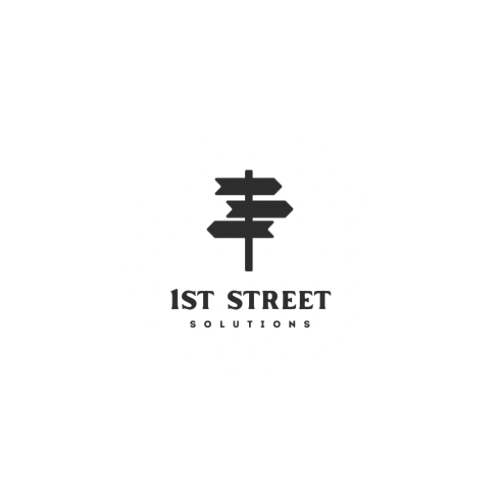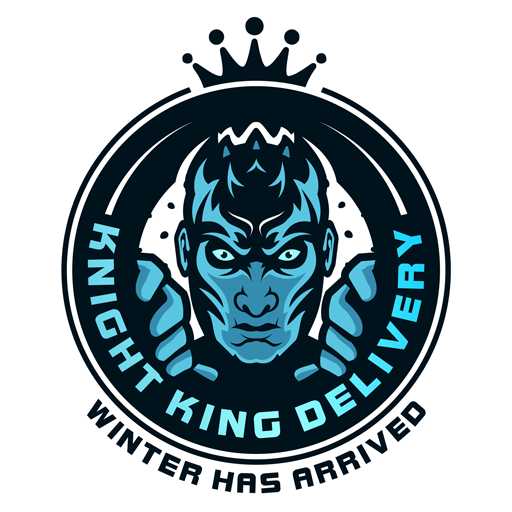In the world of AI, transfer learning has taken center stage to transform how our machines learn and grow. It’s like imparting to them the ability to learn from experience in one task and further use that knowledge to shine in a different but related challenge. So, is generative AI a blessing for learning transfer? Here’s your answer.
What Is Transfer Learning In AI?
Transfer learning refers to any situation when knowledge from one task/ domain is transferred to another. For machine learning and AI, it basically involves creating a model for one task and then reusing it for another task.
Transfer learning enables faster convergence in the process of training. Well, that’s because the model has already learned general features from a diverse dataset. Moreover, it requires fewer iterations to adapt to the specifics of a new task. This acceleration is specifically useful for AI developers working on projects with time constraints, thus aiding in rapid implementation and iteration cycles.
A few transfer learning techniques are as follows:
- Fine Tuning
It involves adjusting the pre-trained model weights for a new generative task.
- Feature Extraction
It includes relevant features learned in pre-training for a new job.
- Domain Adaptation
It includes adjusting the model for differences between the source and target datasets.
- Pre-Training and Fine-Tuning
It includes training the model on a generated task and further fine-tuning it for a particular generative task.
- Progressive Neural Networks
It involves training new layers on a pre-trained network for task adaptation.
- Knowledge Distillation
It transfers knowledge from a larger model to a smaller one.
- Multitask Learning
It includes training the model on numerous tasks, like the generative tasks.
- Self-Supervised Learning
It pretrains the model with labels generated from data and further fine-tuning it.
- Prompting Strategies
It uses specific prompts during pre-training to provide guidance on the task.
- Meta-Learning
It trains the model to adapt quickly to new tasks with minimal data.
Benefits Of Transfer Learning In AI
Is generative AI a blessing for learning transfer? It definitely is! So, being an integral part of what is corporate training programs, here are some of the benefits of the same.
- Accelerating The Training Process
The adoption of transfer learning accelerates and streamlines the training process for new models. Utilizing a pre-trained model as a foundation minimizes the iterations required during training, leading to faster and resource-efficient model development.
- Performance Improvement
Transfer learning can significantly enhance performance on a new task, specifically when limited data is available. This is because the pre-trained model has already learned a general interpretation and representation of the data, which can be used for the new task.
- Prevent Overfitting
Overfitting takes place when a model learns the training data very well, like its noise and specific details, to the extent that it performs poorly on new, unseen data. Transfer learning aids in preventing overfitting by providing a broad representation to ensure that the new model is less inclined to memorize the training data.
- Versatility
Transfer learning finds utility across numerous tasks and domains, like image classification, natural language processing, and speech recognition. Its versatility allows its application in diverse fields.
- Knowledge Transfer
Transfer learning includes the transfer of knowledge from one domain to another. Simply put, a pre-trained model can be employed to address a new issue associated with the original one, even if the data for the latest problem differs.
How Transfer Learning Works In Generative AI?
Apart from the benefits, you might wish to know how transfer learning works in generative AI. So, let us discuss it in detail.
- Choose A Pretrained Model
The first step in knowing how transfer learning works in generative AI is selecting a pre-trained generative AI model that suits your tasks.
- Domain-Specific Data Addition
Augment your dataset with domain-specific data to further fine-tune the model for your application.
- Fine-Tune Parameters
In this, you have to adjust the parameters of the pre-trained model to suit your particular task. In addition, this involves modifying the learning rate, optimizer, and other hyperparameters to optimize performance.
- Evaluate and Iterate
Lastly, evaluate the model’s performance on your task and iterate as required. Fine-tuning might require numerous iterations to obtain the desired results.
Real-World Applications Of Transfer Learning
Is generative AI a blessing for learning transfer? Yes, it is!
Some of the generative AI applications where transfer learning has been found useful are as follows:
- Natural Language Processing
Pretrained language models like GPT-3 have been fine-tuned for specific NLP tasks, like sentiment analysis, summarization, question-answering, etc.
- Computer Vision
Transfer learning has been instrumental in image classification, object detection, etc. In addition, models like ResNet are used as a pre-trained backbone for such applications.
- Creative Content Generation
Transfer learning enables AI developers to make AI models that are capable of generating diverse and creative content.
- Speech Recognition Across Various Languages
Training machines to identify and comprehend spoken language is an integral point of focus in AI research, specifically for individuals managing contact centers.
- Training Games Engine
Transfer learning proves useful for training a model on one game and under conditions/ situations, deploying it in another game.
Conclusion
Transfer learning in generative AI is a significant and powerful tool for software developers venturing into the realm of generative AI. By leveraging preexisting knowledge encoded in models, developers can overcome data limitations, expedite training processes, and enhance the adaptability of their AI models in particular domains.
Thus, as generative AI continues to evolve, transfer learning is poised to become an even more integral process that offers developers the means to unlock new creativity and innovation levels in their projects.
If you need any help regarding corporate training, student counseling, certification training, or anything else, contact us at RILCA. Our team of professional counselors and trainers is ready to help you in your specific field and cater to your needs. So, don’t wait much – reach out to us now!





